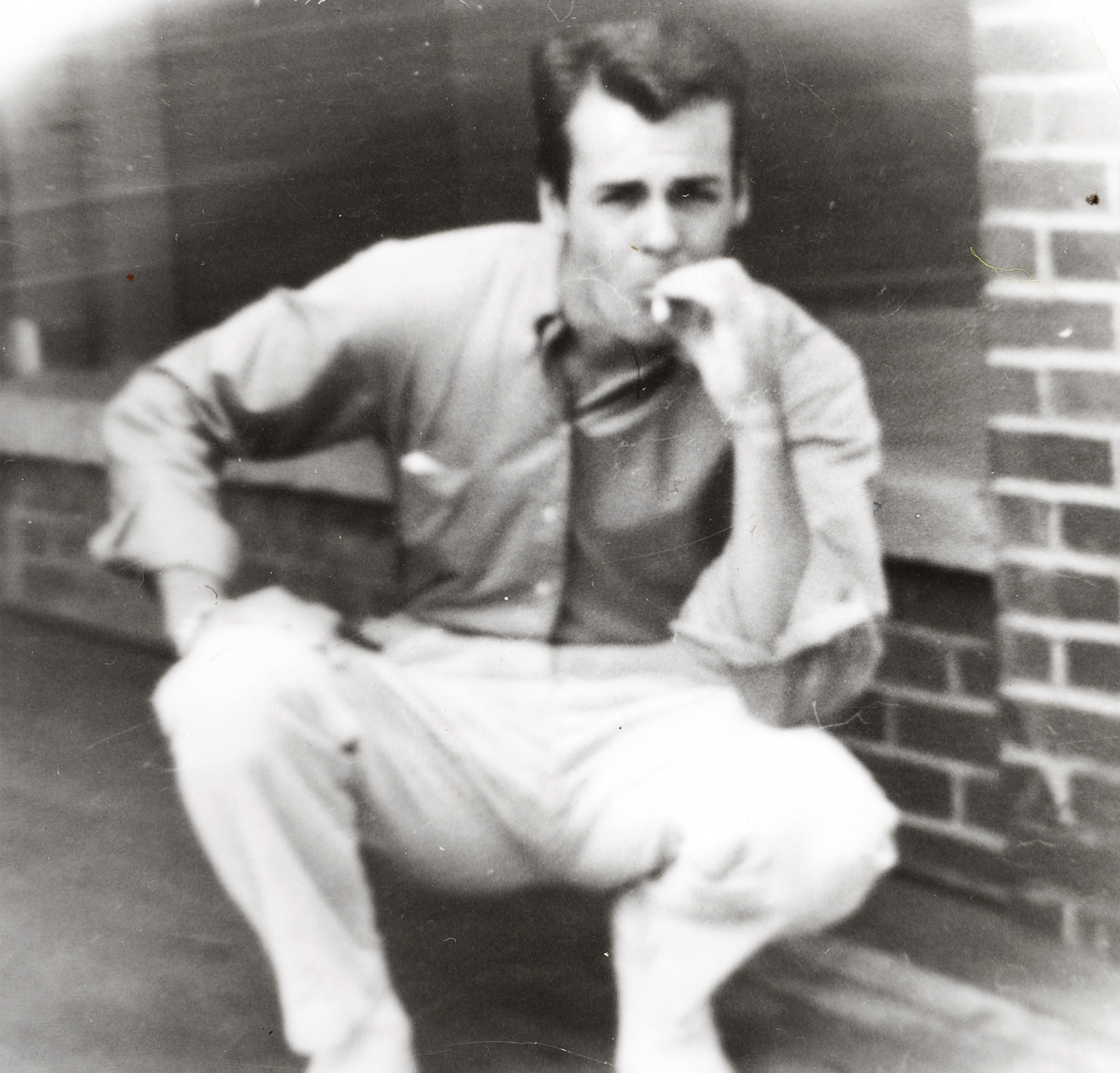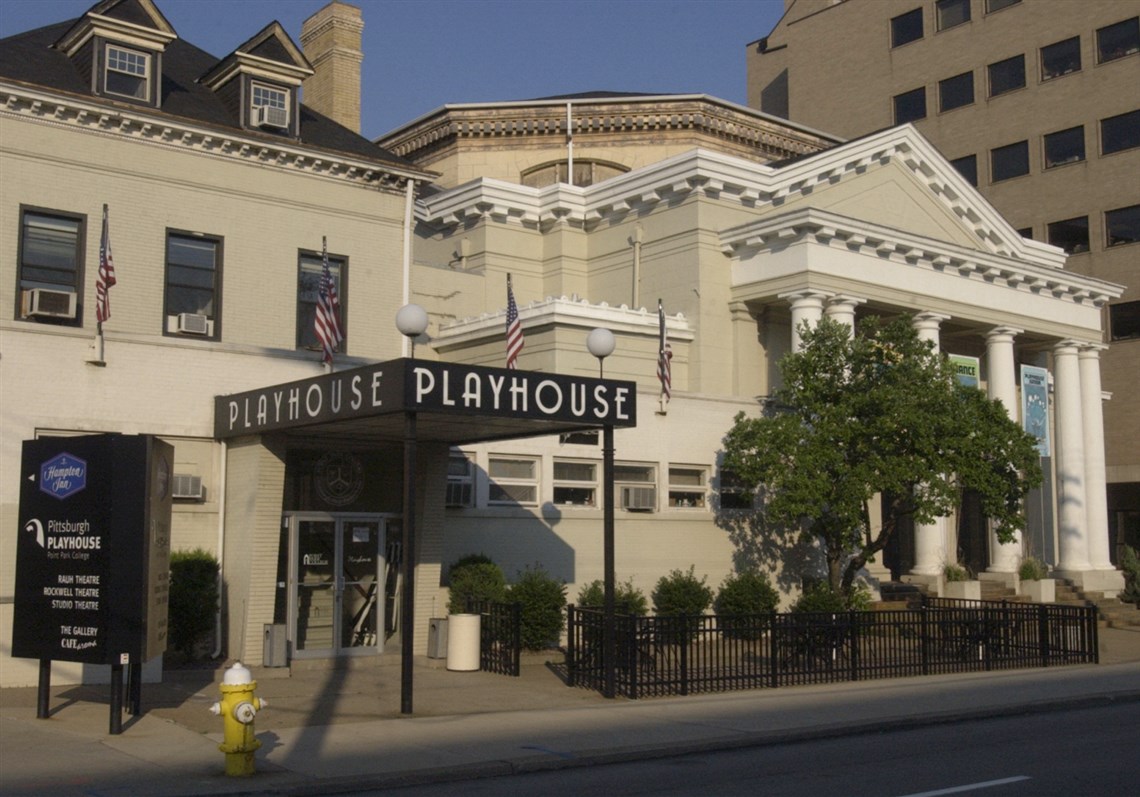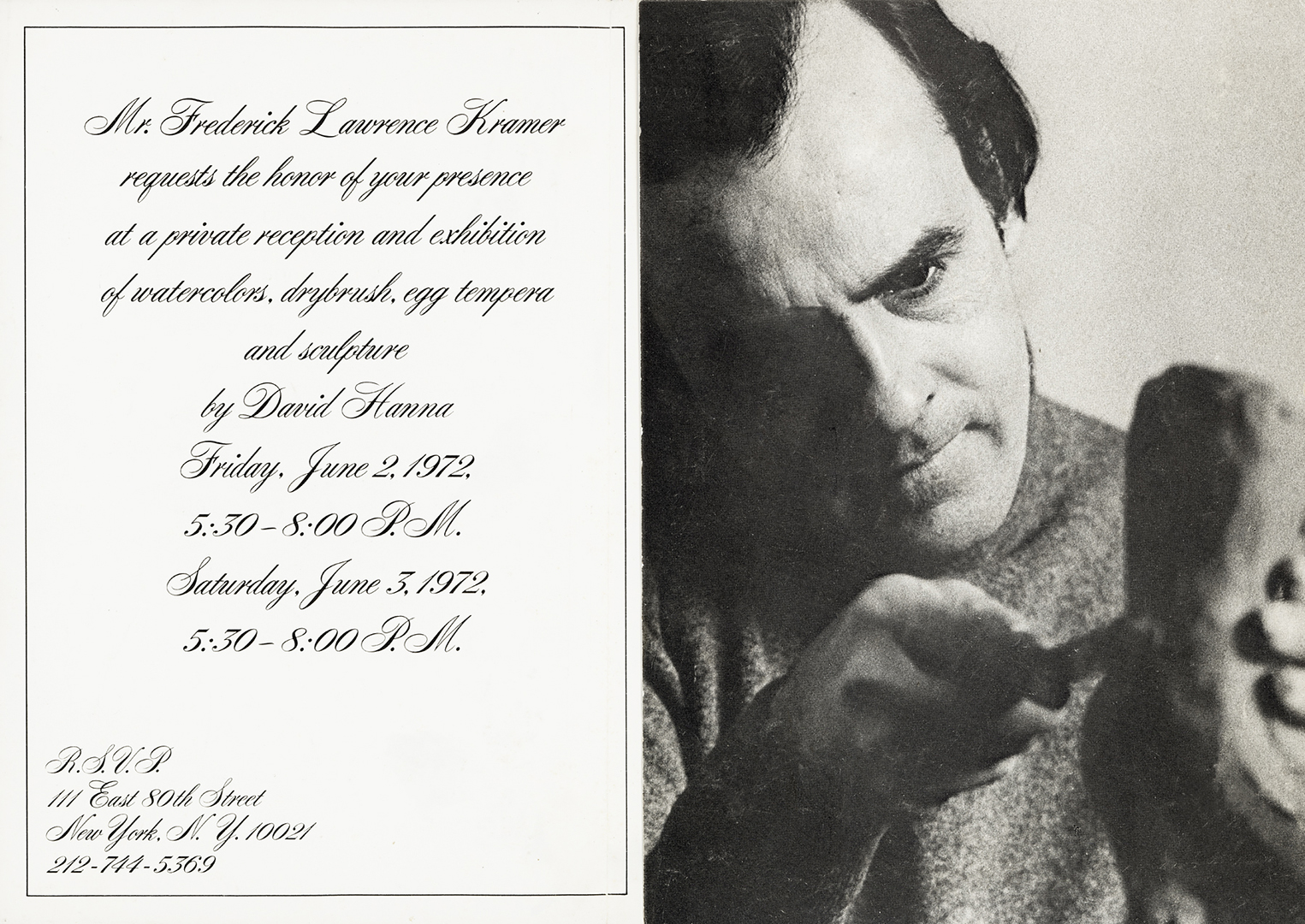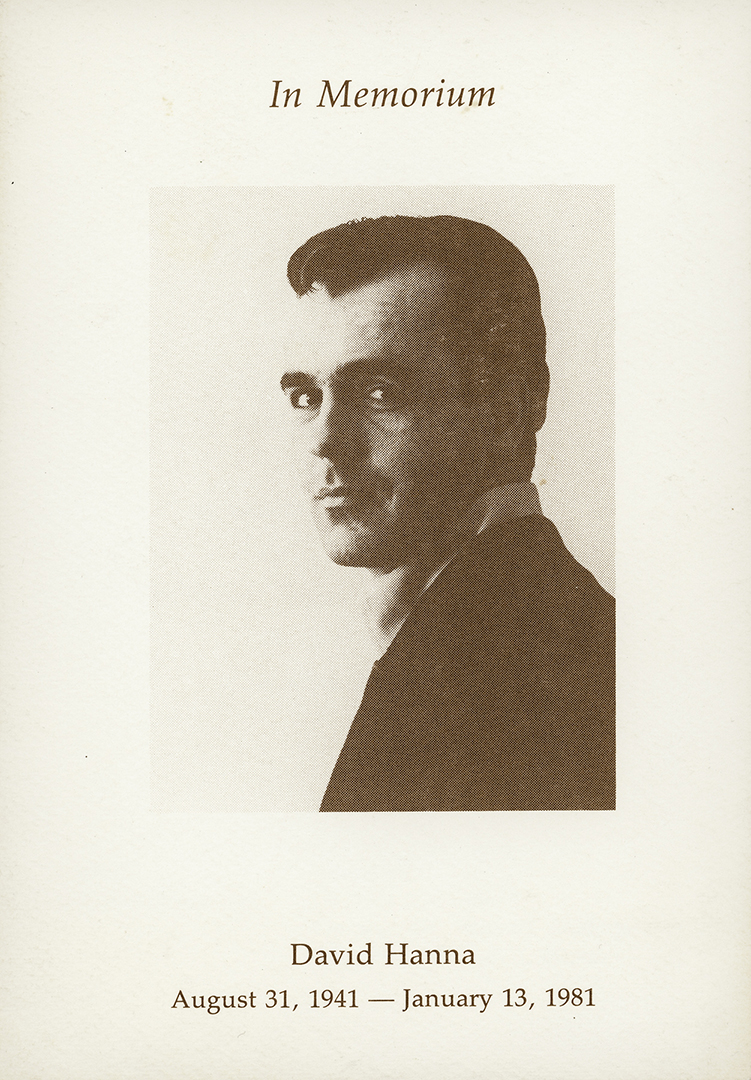
August 31, 1941
William David Hanna was born at home on August 31, 1941 to Harry Zeal Hanna and Kathleen Lenox Simmons.

1941 - mid 1950s
Hanna was the youngest of twelve children and grew up in the family home on the North Side of Pittsburgh, Pennsylvania. As a child, he enjoyed sketching in his free time.

Late 1950s
As a teenager, Hanna took a job at a dance studio which led to a brief career in acting in Cleveland and Los Angeles. He returned to Pittsburgh and became the lead instructor at the Continental Dance Studio.

1959 - 1960
Hanna met Carolyn Jean Elco, a fellow dance instructor. The couple married and would go on to have seven children together.

Early 1960s
Hanna enlisted in the Army Selective Services and served three years of active duty, including time in the Far East. He competed as a track athlete for the Army team (#5 in this photo) and spent his down time sketching.

1965
Hanna’s artistic gift was discovered, and he was selected for an exhibition at the Pittsburgh Playhouse which launched his career to rousing commercial success. Photo provided by: Pittsburgh Post-Gazette

1965 - early 1970s
During his early career, Hanna showed regularly at the International Art Gallery in South Hills, Pennsylvania. Here, Hanna stands with the subject featured in the painting.

1966
Hanna spent a pivotal year in Chester County, Pennsylvania where he studied the Brandywine tradition of American Realism. He was later considered to be one of the most gifted fourth generation artists of the tradition.

1967
Hanna moved with his family to the rocky coast of Maine and lived in the caretaker’s home at the historic Pemaquid Point Lighthouse. The location proved to be one of great inspiration for the artist.

Late 1960s
Hanna met Captain Alexander Breede who became the subject of a large body of Hanna’s work. Mr. Breede is featured here in the artist’s studio at Pemaquid Light. Breede is sitting for what would become the painting “Nightwatch”.

1970s
Hanna with his mother, Kathleen at a show in Pittsburgh. The artist was very close to his mother until her death in 1977. She was the subject of several works retained in his private collection.

1972
Not content with two-dimensional work, Hanna taught himself clay sculpture. A show in New York promoted his first sculpture “Roman Athlete” and the image features Hanna at the early stage of sculpting the piece. Two female nude sculptures were in progress at the time of the artist’s death.

Mid - 1970s
During his mid-career, Hanna took multiple trips to Europe to study the artworks of the masters. The artist did several sketches such as this study of a work by Leonardo Da Vinci.

1977
Hanna had his first major solo museum exhibit at the Westmoreland County Museum in Greensburg, Pennsylvania. The exhibit and accompanying catalog featured seventy-eight original works.

1978
This is the last known photograph of Hanna with his seven children. Top from left: his daughters Meagan (in the artist’s arms), Lisa, Jamie, Tammy and Cory. Bottom from left: his sons David and Joshua.

1981
Hanna suffered a major heart attack and died on January 13th at the age of thirty-nine. A memorial luncheon and retrospective exhibit were held at the Westmoreland that spring.
















